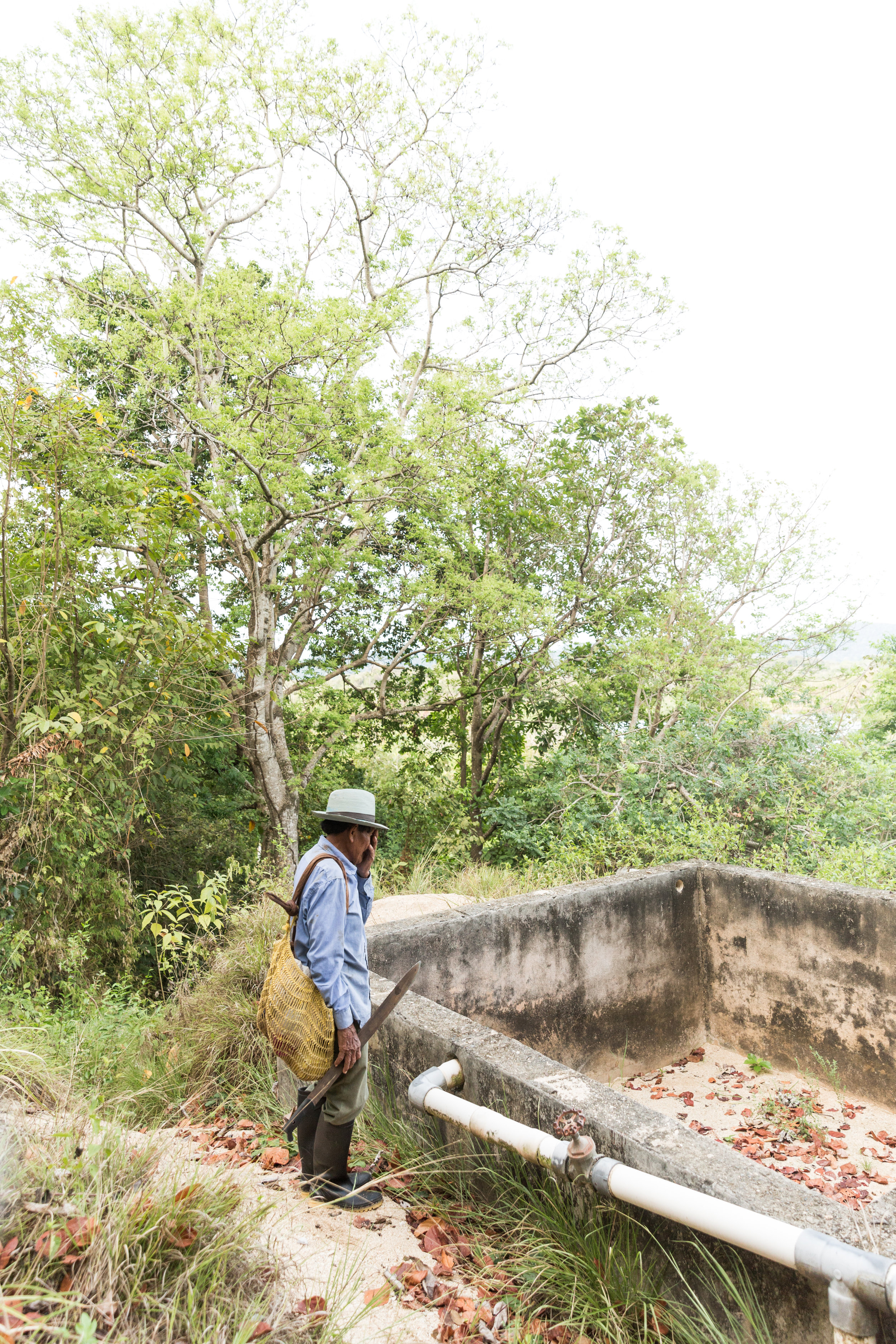What could go wrong?
Stay Wild
Story By Amalia Boyles // @gingerfox00
Art By eatcho // @ eatcho // eatcho.com
What could go wrong?
What, indeed.
I eagerly persuaded my partner Eatcho to take a break from beachside relaxation to enjoy a day of ocean kayaking. I promised a quick jaunt out into the bay, and a return soon thereafter. Eatcho was reluctant. His hesitation inspired me to push the idea harder.
Our feet made funny swooshing sounds in the sand as we stumbled to rent our kayak. Without instruction (or life jackets), we were presented with a custard yellow two-person kayak. We trusted our desert-colored vessel and suddenly found ourselves paddling out to sea against the rising tide.
We reached the edge of the bay and gazed out beyond the jagged rock edges of the shoreline and into a vanishing horizon of ominous dark blue. After moments of serenity and awe at the abyss around us, we decided to head back to the beach. As we turned the kayak on its heels, we became parallel with the waves. With one hefty blow of salty sea, we began to sink.
The ocean rushed into our kayak with rapid fury, swallowing us whole. We were left treading water, our yellow vessel bobbing with increasing depth below our flailing feet. What followed was shock, disbelief, discomfort, paralytic panic, and overwhelming fear, without control. We tried for an instant to revive our sinking kayak and cried out loud sentiments of WHAT THE FUCK, draining our lungs of air.
Our cries lost their gusto as the reality of our situation sank heavily into us. We threw out inarticulate gasps at one another, hoping to stop time for long enough to catch our wits (or at least, to catch our breath). Instead, we were greeted with adrenaline — unsophisticated, but with enough aim to clarify our survival strategy.
Abandoning our sinking ship, we swam.
And we swam. And we swam. We swam against the tremendous pull of the current, contradicting our every stride. We swam, with terror and little choice, through a school of jellyfish. Wrapping around our arms and legs, one jellyfish slapped me in the face, adding stinging insult to injury.
The beach didn’t seem to be getting any closer, and desperation set in. Eatcho is a poor swimmer, and as time passed, hopelessness got the better of him. Treading water next to me, my dear love began to spit sonnets of our life together, trying to say goodbye. I screamed at him to shut up and save his oxygen. How did we mess up THIS bad? I rolled onto my back, catching enough breath to curse my former self. Go kayaking, I said. It will be fun, I said. What could go wrong, I said. I should have knocked on wood. Or, better yet, we should have asked for life jackets.
After three hours and well over a mile of open water, we made it within striking distance of the shore. The closest point to us was the northern tip of the mainland, an austere cliff face surrounded by mollusk-covered rock islands popping up out of the ocean like the shoulders of a great, gray giant. The tide churned around the rocks with a mighty wake, swelling up and down and over.
We followed the upward swell of a wave and came crashing down on the nearest rock mound. The tide dropped, and our soft, fatigued bodies ground down the jagged razor-sharp mollusks. It shredded our front sides like cheddar to a cheese grater. Blood poured from our new cuts, wretched deeply across our shins, knees, thighs, stomachs and the tight tendons between our fingers.
Finding our grip, we climbed to the top and clung — shaking, bleeding — to the first bit of land we had felt in hours. Rejoice at our success lasted for a brief but distinct moment, interrupted by exhaustion and the even more sobering task of jumping back into the water once more for a final push to the mainland.
It took us a very long time to move — perhaps an hour spent on that mound. Fearful weeping came and went, and eventually we regained our ambition to tepidly step across our sanctuary of mollusk and rock.
Laughter, screaming, and sobbing compounded. We walked for another hour through dusty deer trails and cactus-strewn forest peaks. Eatcho paused every so often to politely release his severe diarrhea from ingesting so much seawater. Our bodies became streaked with crimson as our wounds poured out the evidence of our naivety. We stumbled back to the road home.











